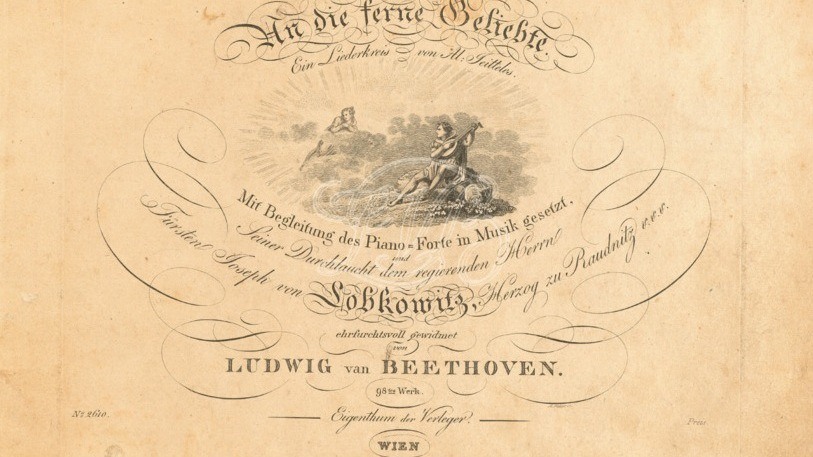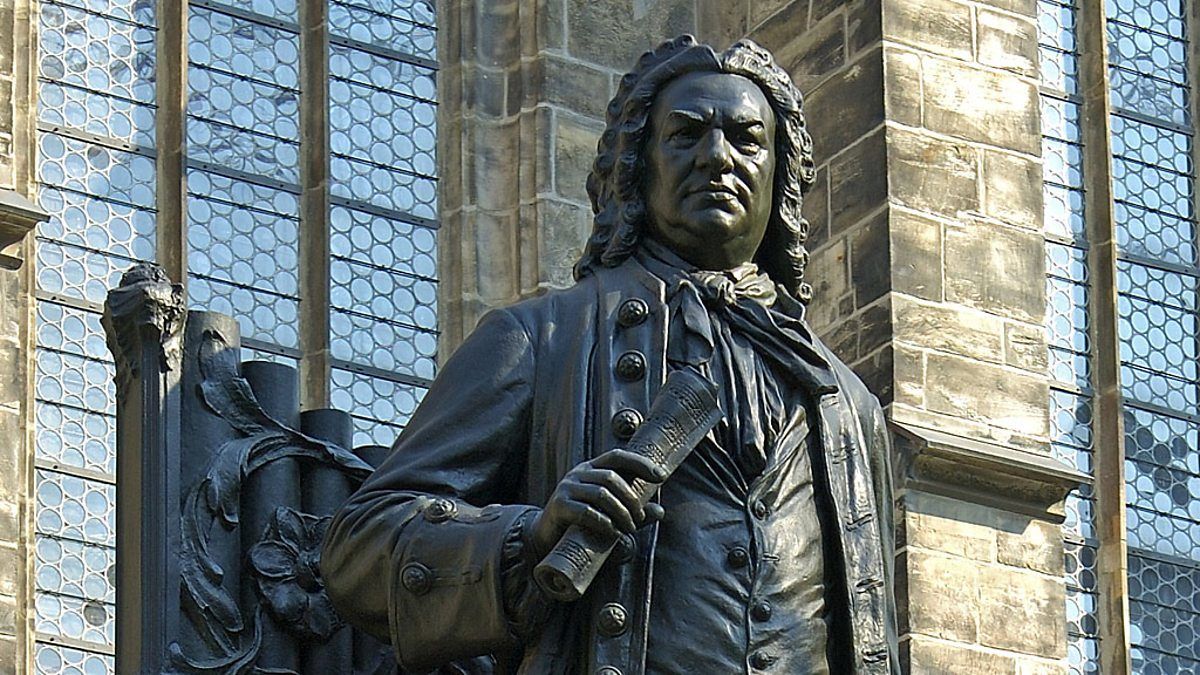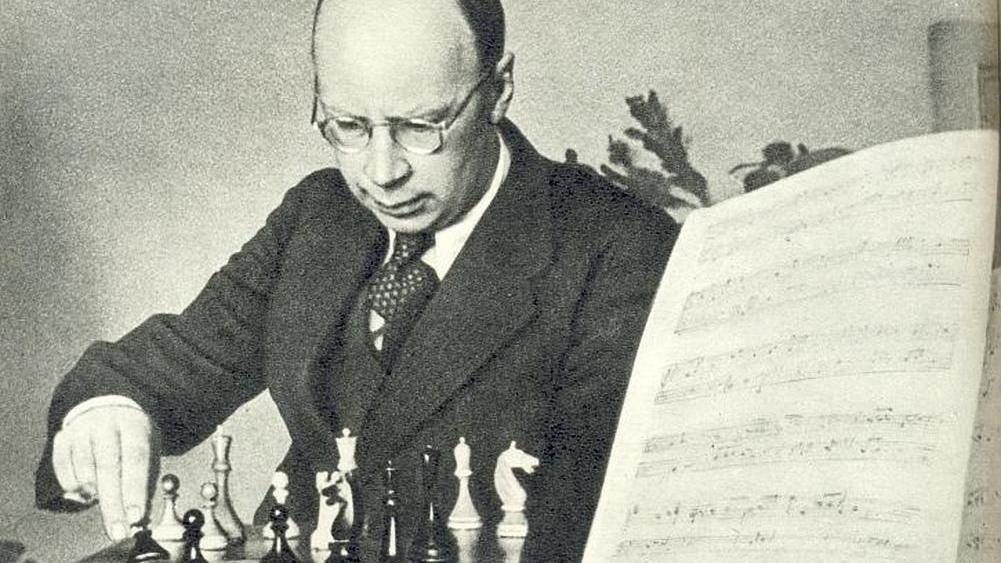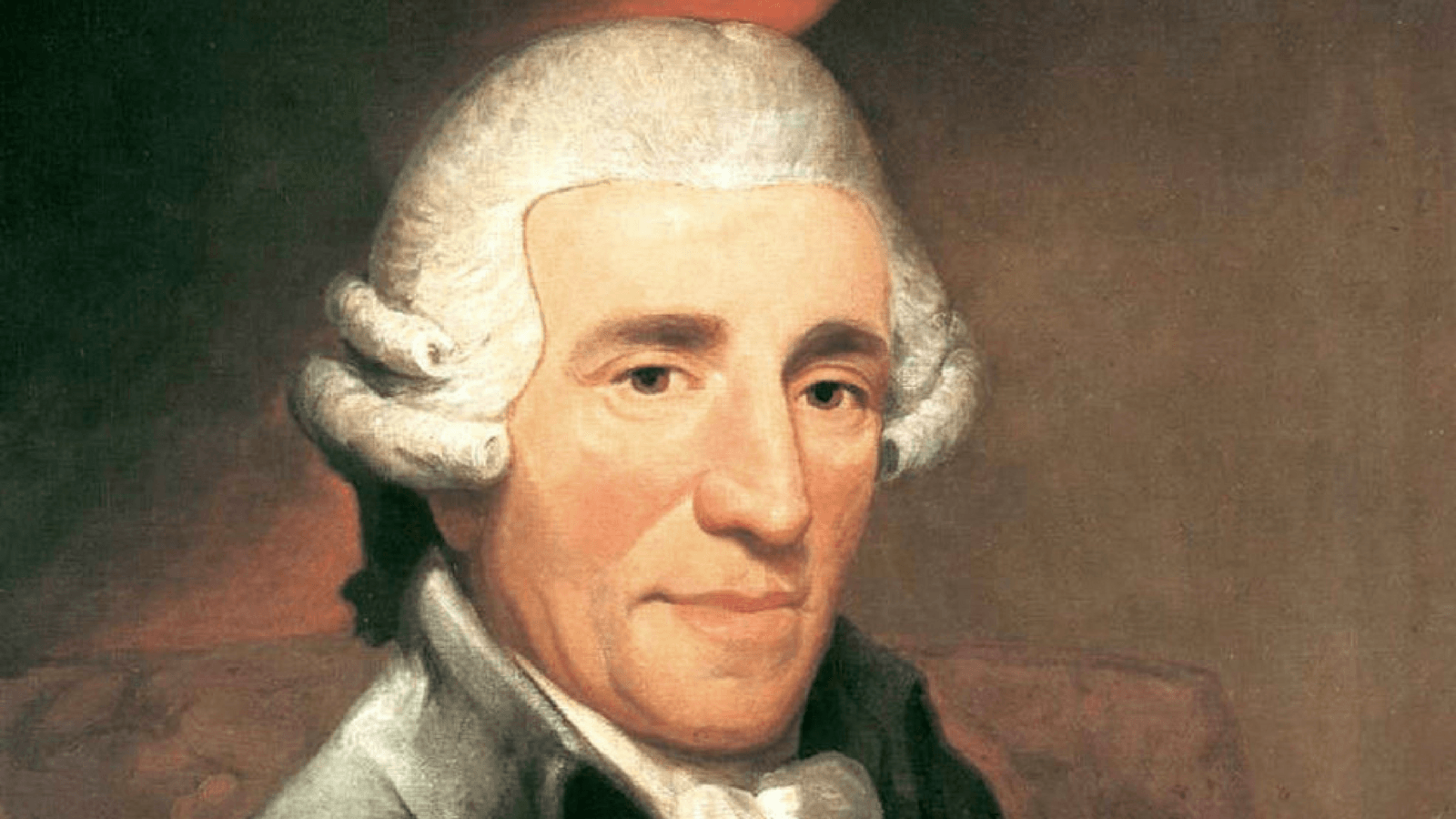“To the Distant Beloved”: Schumann’s Obsession with a Beethoven Song
In the final movement of Robert Schumann’s Symphony No. 2 in C Major, an unassuming but persistent motivic cell emerges which propels the Symphony towards its majestic and triumphant culmination. Around three minutes in, all of the music’s forward momentum comes to a halt on a somber C minor cadence. Then, this motive is introduced by the woodwinds. It repeats in other voices throughout the orchestra and develops into an exalted and joyful proclamation. …







